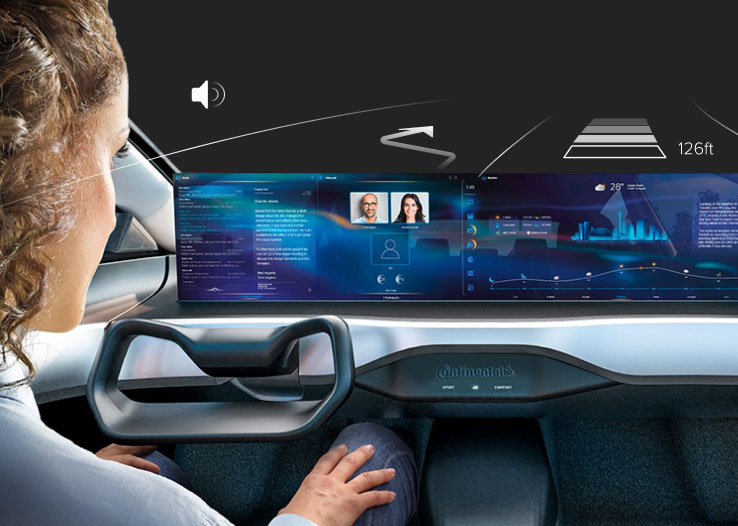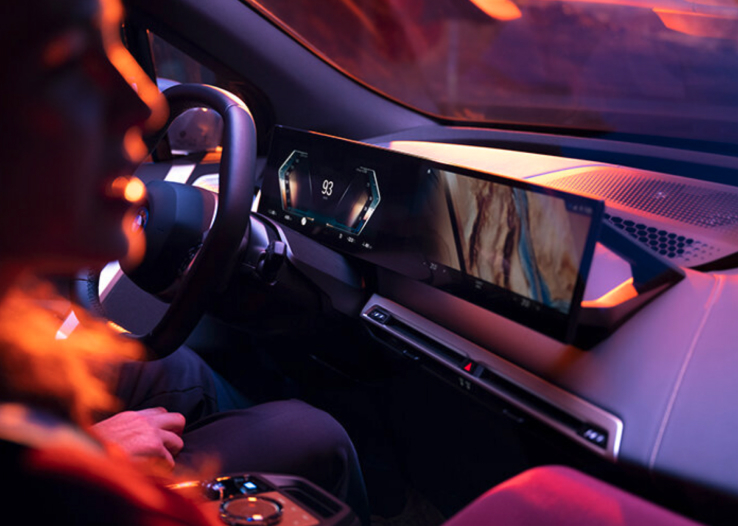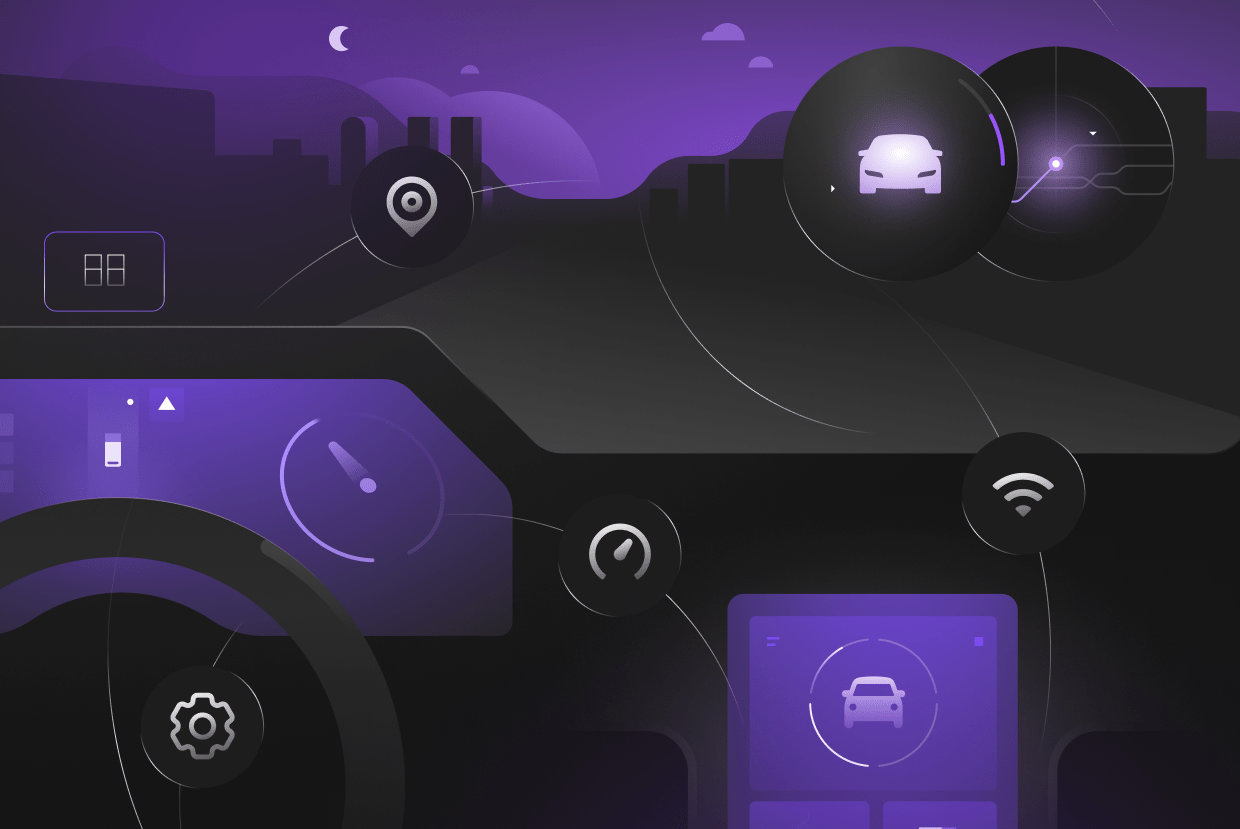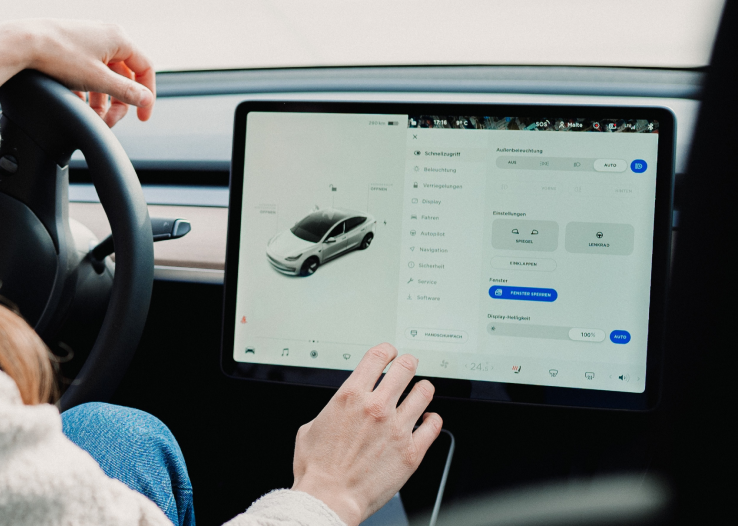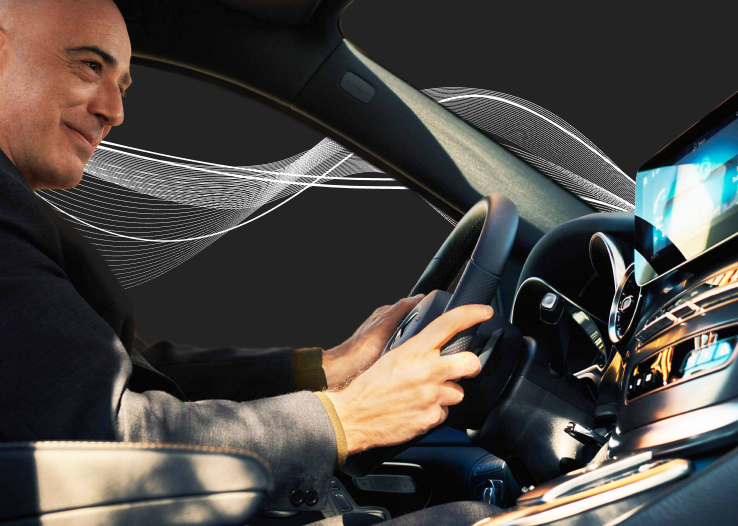The automotive industry is transforming. Playing Top Trumps nowadays wouldn't be about who has the most horsepower or mechanical prowess. Today's vehicles are increasingly characterized by their digital capabilities. At the heart of this evolution lies the software defined vehicle (SDV) — a new paradigm that’s reshaping how cars are designed, built, maintained and experienced.
Essentially, a software defined vehicle is one whose functionality is primarily governed by software rather than hardware. From the moment it leaves the factory to the end of its lifecycle, an SDV can be optimized and customized using software updates. This shift isn't just a fleeting trend but represents a strategic imperative for original equipment manufacturers (OEMs), Tier 1 suppliers, tech companies and mobility providers.
With the rising consumer demand for personalized and connected experiences (particularly amongst Gen Z), alongside increasing regulatory and sustainability pressures, software defined vehicles represent the next frontier for competitive advantage in the automotive sector.
What is a software defined vehicle?
A software defined vehicle is a car in which the majority of features and functionalities are controlled, enabled or enhanced through software. Unlike traditional vehicles, where features are largely fixed at the point of manufacture, SDVs evolve continuously. Much like how your smartphone receives regular software updates to improve performance, user experience and so on.
This software-centric model allows OEMs to quickly pivot to meet changing market demands, resolve issues remotely and even create new driving experiences after the vehicle has been sold.
SDVs are becoming a top priority for OEMs because of the many advantages they bring: new revenue streams, better customer satisfaction and faster, more agile innovations.
Key attributes and benefits of software defined vehicles
SDVs have a number of specific attributes, each bringing its own set of benefits:
1. Over-the-air (OTA) updates
OTA technology allows manufacturers to push software updates remotely, including everything from infotainment enhancements to bug fixes and safety-critical functions. This eliminates the need for dealership visits and ensures the vehicle remains up-to-date throughout its lifecycle.
More importantly, OTA updates open the door for new revenue streams. For example customers who subscribe to or buy features long after their initial car purchase. It also reduces costs and overheads, as remote access reduces the need for physical repairs from a workforce.
2. Centralized software architecture
Traditional vehicles rely on 50 to 100 electronic control units (ECUs), each managing separate functions such as steering or air conditioning. This distributed architecture is complex and inefficient. In contrast, SDVs use a centralized computing platform or a smaller set of domain-specific controllers.
This shift simplifies hardware, reduces wiring and weight, improves energy efficiency and facilitates real-time data integration across vehicle systems.
3. Enhanced connectivity
Connectivity is a foundational component of Software defined vehicles. These vehicles are equipped with high-speed modems, Wi-Fi, Bluetooth and increasingly vehicle-to-everything interfaces. This allows them to communicate with infrastructure, cloud services, mobile apps and even other vehicles.
Connectivity bolsters everything from real-time traffic routing and entertainment to remote diagnostics, autonomous functionality and usage-based insurance.
Foundational technologies powering SDVs
Making software defined vehicles a reality depends on several key technologies:
- High-performance computing (HPC): Modern SDVs are equipped with computing platforms that rival those of data centers. These platforms consolidate processing for AI, vision and control systems
- Automotive operating systems (OS): Software platforms like Android Automotive OS, QNX or custom Linux variants provide the base layer for application execution and system control
- Middleware and abstraction layers: These enable developers to build applications without worrying about the underlying hardware, which accelerates innovations
- Cloud-native platforms: Automakers use cloud infrastructure to collect vehicle data, deploy software train machine learning models and manage updates at scale
Together, these software and technologies form a connected digital ecosystem that supports the dynamic nature of SDVs.
The role of software defined vehicles
The impact of software defined vehicles goes far beyond smarter vehicles. They’re reshaping the entire automotive value chain. Now we’re seeing new business models that were previously thought unfeasible.
Enhancing the customer experience
Today’s drivers expect vehicles to be an extension of their digital lifestyles and individual personalities. SDVs deliver this by offering:
- Personalized driving environments: Drivers increasingly want personalized experiences in their cars. A one-size-fits all no longer works, with 56% of consumers saying personalized experiences increase their loyalty to a brand. With SDVs, user profiles, infotainment preferences and even seat positions can all be customized to fit every individual’s needs — and follow the driver across different vehicles. This is especially relevant to OEMs targeting Asian markets like Japan and China, where according to our research, personalization is essential for success
- In-car voice assistants: AI-powered in-car voice systems provide hands-free access to navigation, messaging and media — often integrated with cloud services like Alexa, Google Assistant or proprietary platforms
- Real-time navigation: Live traffic, hazard alerts, weather conditions and EV charging station availability help optimize routes
- On-demand feature activation: Drivers can purchase or subscribe to features like adaptive cruise control or heated seats after vehicle delivery — another new revenue stream opportunity
Companies like BMW and Mercedes-Benz have already adopted these models, treating vehicles as platforms for digital services rather than just static products. Sony-Honda are taking it a step further and positioning itself as a “third living space” with their AFEELA EV range.

Operational efficiency and lifecycle management
SDVs empower OEMs to streamline their operations and deliver better value through:
- Remote diagnostics: Vehicles can report faults or system anomalies in real-time. This allows for remote troubleshooting and, in some cases, software-based resolution
- Predictive maintenance: Using sensor data and AI, SDVs anticipate component failures before they occur, minimizing downtime
- Usage analytics: Driving behavior, location data and usage patterns can inform product development and user experience improvements
A good example of this is a vehicle can detect degraded battery performance and notify the OEM to schedule a replacement or issue a software patch to optimize power usage. All without the need for driver intervention.
Use cases for SDVs in the automotive sector
The SDV model unlocks diverse and scalable use cases across the automotive industry. It’s particularly prevalent at the intersection of connectivity, intelligence and automation.
1. Predictive maintenance
Real-time data from engine sensors, brake systems, tire pressure monitors, and more, can be processed through various AI algorithms to predict potential failures. This capability shifts maintenance from a reactive to a proactive model, which reduces downtime and increases customer trust.
For fleet management (more in this in a sec), predictive maintenance significantly reduces the total cost of ownership and extends vehicle lifespans.
2. Fleet management
Struggling with fleet management or trying to expand in the space? SDVs are an invaluable asset for fleet operators, as they provide you with:
- Real-time tracking: Monitor your vehicle location, speed and status all from a central dashboard
- Geofencing: Set boundaries that trigger alerts or actions if vehicles leave predefined zones
- Behavioral analytics: Monitor driver habits, enforce safety policies and provide feedback
- Fuel and energy optimization: Route planning and throttle modulation can reduce consumption and carbon emissions
Companies like Rivian and Ford Pro are building solutions specifically tailored for commercial electric fleets. A clear example of how SDVs are core to modern mobility ecosystems.
3. Connected and autonomous ecosystems
As vehicles become more autonomous, connectivity becomes even more critical than it’s already becoming. SDVs enable:
- Vehicle-to-infrastructure (V2I) is a way for vehicles to communicate with traffic signals, toll systems and parking structures
- Vehicle-to-vehicle (V2V) refers to sharing speed, braking and directional data directly with other vehicles, to avoid collisions and coordinate lane merging
- Edge AI Processing is Running inference models for perception, decision-making and control in real time — often in coordination with cloud-based updates
Without the foundational capabilities of SDVs, scaling autonomous driving systems would be impractical at best.
Strategic implications for automotive leaders
Embracing the SDV paradigm requires more than adopting new technologies — it demands systemic change across product design, talent strategy and organizational mindset.
Product design and development
Designing SDVs requires concurrent hardware and software development, with an emphasis on:
- Agile methodologies: Short development sprints, MVP releases and continuous testing cycles
- Digital twins: Virtual replicas of vehicles or subsystems used for simulation and testing
- Customer-centric design: Involving end-users early and often to test features, UIs and workflows
The emphasis basically shifts from a “design once, deliver forever” mindset to “design continuously, deliver iteratively.”
Rethink the supply chain
Software defined vehicles depend on components from new categories of suppliers across the entire automotive supply chain: chipmakers, cloud service providers, cybersecurity firms and AI specialists. This changes how OEMs should think about sourcing, risk and intellectual property. To adapt to this, automakers need to:
- Forge strategic alliances: Collaborations with tech companies (e.g., Google, NVIDIA, Amazon) are now commonplace
- Insource key competencies: Especially in software architecture, data science and cybersecurity
- Create robust DevOps pipelines: Supporting CI/CD and testing environments that mirror real-world driving conditions
SDV strategies for decision makers
It's all good and well knowing the ins and outs of software defined vehicles. But for tangible success, it’s essential that senior leadership align their business strategies with SDV capabilities:
- Set a bold, long-term vision: SDVs aren't a side project — they’re the foundation of the future vehicle and ultimate success of your business
- Invest in digital talent: Train your existing teams, recruit from tech sectors and establish interdisciplinary collaboration
- Embed security and compliance from day one: With increased connectivity comes increased risk. Secure-by-design principles and adherence to standards like ISO and SAE 21434 are critical
- Monetize data responsibly: Ethical data usage policies and data-driven services should go hand-in-hand
Select the right platform and architecture
Choosing the right SDV architecture for you involves a range of considerations. Ask yourself the following questions:
- Scalability: Can it support multiple models or even brands across the OEM’s portfolio?
- Modularity: Does it allow for future feature development and third-party integration?
- Developer support: Is there an ecosystem of tools, documentation and partners?
Platforms like NVIDIA DRIVE and BlackBerry IVY exemplify the kinds of scalable, flexible platforms automakers are exploring.
Future-proof your business with SDVs
SDVs empower OEMs to build smarter, safer, more efficiently — and create more personalized driving experiences. They unlock new business models and enable real-time responsiveness to changing consumer and regulatory needs.
For automotive leaders, the message is clear: the future belongs to those who can master software — at scale. The investment decisions made today will shape tomorrow’s mobility ecosystem, from electric cars and autonomous fleets to connected smart cities.
Software defined vehicles aren’t just a technological evolution. They're a strategic transformation. As the boundaries between automotive and tech continue to blur, the ability to deliver dynamic, software-driven value will determine the winners of the next generation of mobility.
But to deliver this value now and in the years to come, it's imperative to know the different regional audience needs. As with every automotive strategy, SDVs aren't a one-size-fits-all — a Chinese audience has different wants to a German audience. Localization matters more than ever. Learn how to overcome these obstacles and win in every region with our new automotive report below.


